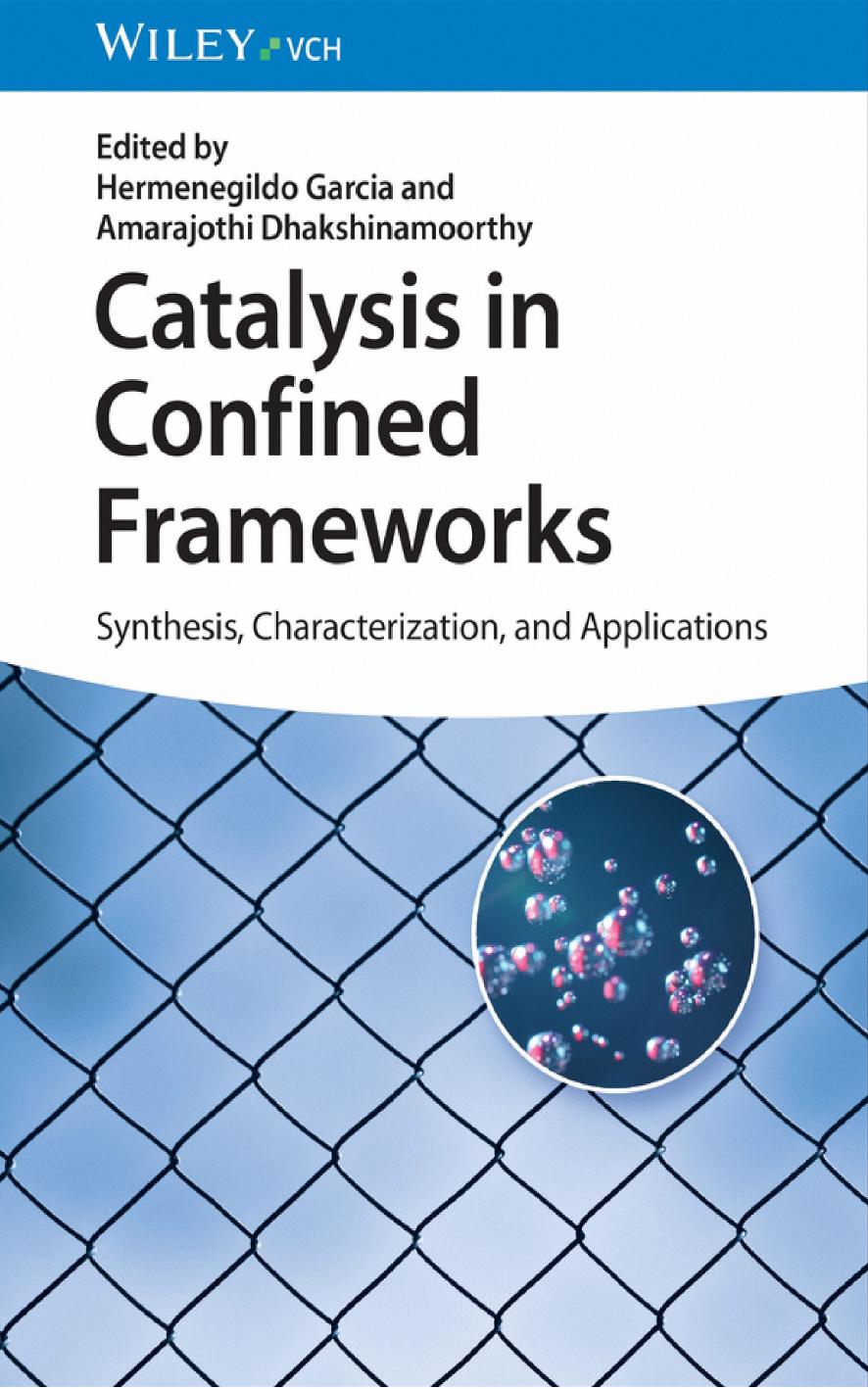

Most ebook files are in PDF format, so you can easily read them using various software such as Foxit Reader or directly on the Google Chrome browser.
Some ebook files are released by publishers in other formats such as .awz, .mobi, .epub, .fb2, etc. You may need to install specific software to read these formats on mobile/PC, such as Calibre.
Please read the tutorial at this link: https://ebookbell.com/faq
We offer FREE conversion to the popular formats you request; however, this may take some time. Therefore, right after payment, please email us, and we will try to provide the service as quickly as possible.
For some exceptional file formats or broken links (if any), please refrain from opening any disputes. Instead, email us first, and we will try to assist within a maximum of 6 hours.
EbookBell Team

5.0
20 reviewson the active sites of the surface of the material. Since catalysis is a surface
phenomenon, one general way to increase the activity of solids is to increase their
surface area. Among the various strategies to prepare solids with large surface area,
one that has been widely exploited is the use of micro-/mesoporous materials. The
presence of pores allows the ingress of substrates and reagents from the external
medium to the interior of the solid, where the reaction takes place. Very often,
the external surface area of the particles is comparatively smaller with respect
to the internal surface. Crystalline microporous solids like zeolites are since the
1950s very successful catalysts employed in oil refining and petrochemistry in
which hydrocarbons are transformed into high-quality fuels or bulk chemicals for
chemical industry.
The presence of porosity not only increases the solid surface area but also can
result in additional effects due to the confinement of the active sites inside a limited
space that do not happen for analogous sites on homogeneous catalysts or even on
the external surface of solids. The present book will illustrate the various aspects
related to porous solids. Among the various types of porous solids, metal–organic
frameworks (MOFs) have been considered as one of the most versatile, since
they can be prepared for any di-, tri-, and tetra-positive metal cations and with a
wide range of organic linkers having carboxylate, nitrogenated, or other chemical
compositions. Coordinatively exchangeable positions around the metal ions or
functional groups of the linker not compromised with the MOF structure can
act as Lewis or Brönsted acids or bases, promoting acid-catalyzed reactions and
oxidation reactions. In addition, the empty voids in the lattice can host a guest, such
as a metal complex or nanoparticle that can become a catalytic site. In Chapter 1,
Marti-Gastaldo
…